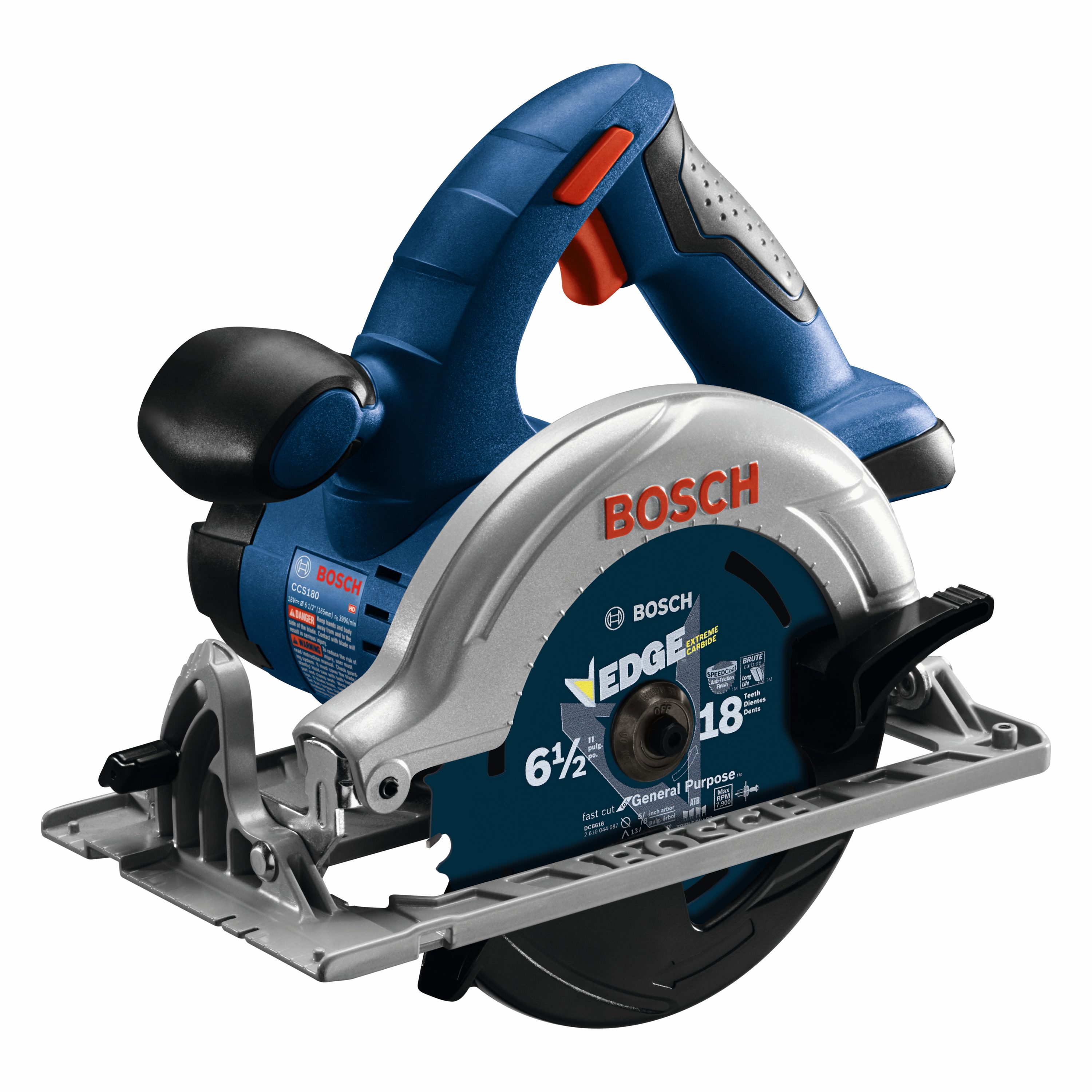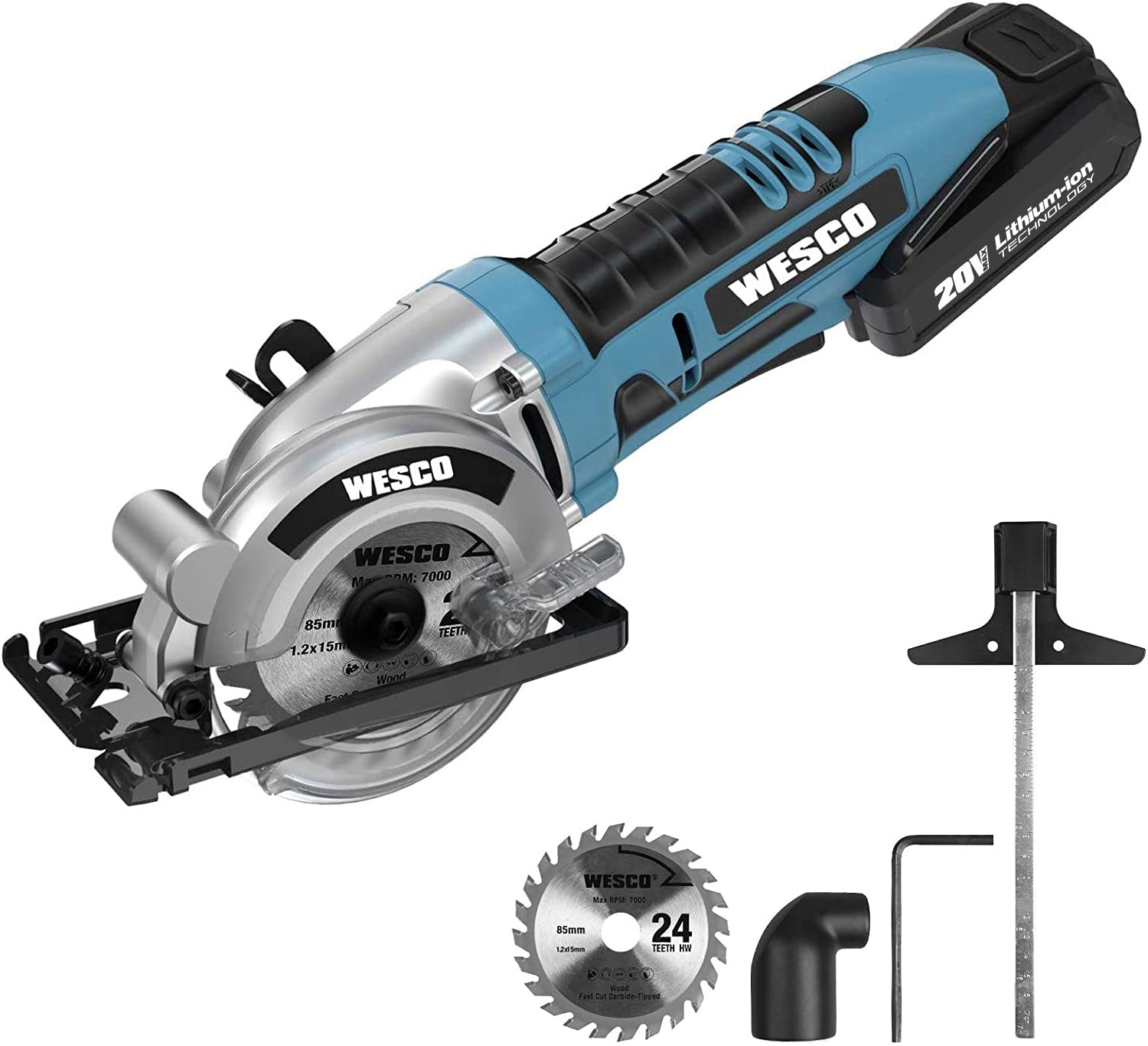Are you wondering if you need a cordless circular saw? Well, let’s dive right into it!Here’s the thing: a cordless circular saw can be a game-changer for DIY enthusiasts or professionals alike.
Picture this: You’re working on a project in your backyard, and suddenly, you realize you need to make some precise cuts. But, uh-oh, there’s no power outlet nearby. That’s where a cordless circular saw comes to the rescue!
So, why should you consider investing in one? For starters, it offers unparalleled portability and freedom of movement. With no cord holding you back, you can work in any corner of your house or even take it to a remote location.
But hold on, don’t make up your mind just yet! Let’s explore the benefits of a cordless circular saw and help you decide if it’s a must-have tool for your toolkit.

Do I Need a Cordless Circular Saw?
In the world of power tools, the cordless circular saw has made a name for itself. With its portability and convenience, it has become a favorite among DIY enthusiasts and professionals alike. But is it a necessary addition to your tool collection? In this article, we will explore the benefits, features, and various uses of a cordless circular saw to help you determine if it is a tool that you need.
Benefits of a Cordless Circular Saw
1. Portability: One of the main advantages of a cordless circular saw is its portability. Without the need for a power cord, you can easily take it to any job site or move around freely in your workspace without being restricted by the length of the cord.
2. Convenience: With no cords to untangle or trip over, a cordless circular saw offers convenience in every sense. It allows for easy maneuverability, quick setup, and effortless cutting.
3. Versatility: Cordless circular saws come with adjustable cutting depths and angles, making them versatile for a wide range of projects. They can be used for crosscuts, rip cuts, bevel cuts, and more.
Uses of a Cordless Circular Saw in Construction
A cordless circular saw is an indispensable tool in the construction industry. Here are three main areas where it finds its application:
1. Framing: Whether it’s building walls, roofs, or floors, a cordless circular saw is ideal for cutting through framing lumber quickly and accurately. Its portability allows for easy movement on the construction site, making it a staple tool for framing tasks.
2. Decking: When it comes to building decks, a cordless circular saw shines. Its ability to make precise cuts on various materials, such as pressure-treated lumber and composite decking, makes it an essential tool for deck construction.
3. Trim Work: Installing trim, crown molding, and baseboards require detailed and accurate cuts. A cordless circular saw, equipped with the right blade, can make clean and precise cuts to achieve a professional finish.
Vs. Corded Circular Saw
While a cordless circular saw offers many benefits, it’s important to consider how it compares to its corded counterpart:
1. Power: Corded circular saws generally provide more power than their cordless counterparts. If you frequently work on heavy-duty cutting tasks or need extended runtime, a corded circular saw might be a better option.
2. Continuous Use: Unlike corded circular saws, cordless models are limited by battery life. If you have access to a power source and don’t require portability, a corded circular saw can provide uninterrupted cutting.
3. Price: Cordless circular saws tend to be more expensive than corded models, primarily due to the inclusion of batteries and chargers. Consider your budget and the value you place on portability when deciding between the two.
Tips for Choosing a Cordless Circular Saw
1. Battery Life: Look for a cordless circular saw with a long battery life, or consider purchasing additional batteries for extended use.
2. Blade Size: Consider the blade size of the saw, as it determines the depth and width of the cuts you can make. Choose a size that suits your project needs.
3. Ergonomics: Pay attention to the weight, handle design, and overall ergonomics of the cordless circular saw. A comfortable grip and a lightweight design will enhance your control and reduce fatigue during extended use.
Investing in a Cordless Circular Saw
A cordless circular saw offers a multitude of benefits, including portability, convenience, and versatility. It is an essential tool for construction professionals and DIY enthusiasts alike, allowing for precise and efficient cutting on various materials. However, it’s important to consider your specific needs, project requirements, and budget before making a purchase decision. With the right cordless circular saw in your arsenal, you can tackle any cutting task with ease and efficiency.
Key Takeaways: Do I Need a Cordless Circular Saw?
- A cordless circular saw is a versatile tool that offers freedom of movement and convenience.
- If you frequently work on projects that require cutting, a cordless circular saw can be a valuable addition to your tool collection.
- With advancements in battery technology, cordless circular saws now offer comparable power to their corded counterparts.
- Cordless circular saws are ideal for jobs where mobility is important, such as working on a construction site or in a remote location.
- Consider the type of materials you will be cutting and the size of the projects you will be undertaking before deciding if you need a cordless circular saw.
Frequently Asked Questions
Welcome to our Frequently Asked Questions section, where we address common queries about cordless circular saws.
1. What are the advantages of using a cordless circular saw?
There are several advantages to using a cordless circular saw. First and foremost, it offers mobility and freedom of movement. With no cord to restrict you, you can easily maneuver the saw around your workspace without worrying about tangled cords or limited range. This is particularly useful when working on large projects or in areas without easily accessible power outlets. Additionally, cordless circular saws are usually lighter and more compact than their corded counterparts, making them easier to handle and transport. Whether you’re a professional contractor or a DIY enthusiast, the portability and convenience of a cordless circular saw can greatly enhance your woodworking experience.
Furthermore, cordless circular saws have improved significantly in recent years in terms of power and battery life. Modern models often come with brushless motors that provide more cutting power and efficiency, making them suitable for a wide range of materials and applications. Battery technology has also advanced, allowing for longer run times and quicker charging. With a cordless saw, you can work on your projects for longer periods without interruption, ensuring you get the job done efficiently.
2. Are cordless circular saws as powerful as corded saws?
While cordless circular saws have come a long way in terms of power, it’s important to note that they may not be as powerful as their corded counterparts. Corded circular saws typically have a continuous source of power, whereas cordless saws rely on batteries. However, advancements in technology have closed the gap between the two. Many cordless circular saws now come with high-powered brushless motors that deliver comparable cutting performance to corded saws. These motors operate efficiently and provide enough power for most woodworking tasks, making cordless circular saws a viable alternative for many users.
It’s worth mentioning that the power of a cordless circular saw will vary depending on the voltage of the battery. Higher voltage batteries generally provide more cutting power, but they also tend to be bulkier and heavier. It’s important to assess your specific needs and consider factors such as battery voltage and the types of materials you’ll be working with before deciding on a cordless circular saw.
3. Can I use a cordless circular saw for heavy-duty cutting?
Yes, you can definitely use a cordless circular saw for heavy-duty cutting tasks. As mentioned earlier, modern cordless circular saws have improved in terms of power and performance. Many models are now capable of cutting through thick materials like plywood, lumber, and even hardwood with ease. However, for heavy-duty cutting, it’s vital to choose a cordless circular saw with a higher voltage battery, as this will provide the necessary cutting power and endurance.
Additionally, it’s important to use the right blade for the job. Different blades are designed for specific materials and cutting applications. For heavy-duty cutting, use a blade with larger teeth and suitable for the type of material you’re working with. This will ensure clean and precise cuts, while also prolonging the life of your saw and battery.
4. What is the average battery life of a cordless circular saw?
The battery life of a cordless circular saw varies depending on factors such as the voltage of the battery, the power output of the motor, and the type of materials being cut. On average, with a fully charged battery, you can expect a cordless circular saw to run for around 20 to 45 minutes of continuous cutting. However, please note that this duration is an estimate and can vary based on the specific model and brand of the saw.
It’s also important to consider the battery’s recharge time. Most cordless circular saws come with a charger that allows you to replenish the battery’s power. Depending on the brand and model, the recharge time can range from 30 minutes to a few hours. It’s a good idea to have a spare battery on hand, especially if you have larger projects or if you anticipate working for an extended period without access to a power source.
5. Are cordless circular saws suitable for beginners?
Yes, cordless circular saws can be suitable for beginners. In fact, they can be a great starting point for those new to woodworking or DIY projects. Cordless circular saws are generally lightweight and easy to handle, making them less intimidating for beginners to use. The absence of a cord also eliminates the risk of accidentally cutting through it, providing an added safety advantage.
When starting out, it’s important to familiarize yourself with the basic safety precautions and operating instructions provided by the manufacturer. Always wear appropriate safety gear such as goggles and gloves, and make sure to secure your workpiece properly before cutting. Take your time, start with smaller projects, and gradually build your confidence as you become more comfortable using the tool. With practice and proper technique, beginners can effectively and safely use a cordless circular saw to complete a variety of woodworking tasks.

Summary
So, do you really need a cordless circular saw? Well, it depends on your needs. If you work in remote locations, value portability, and don’t mind the cost, then a cordless circular saw might be a great option for you. It offers the freedom to move around without the hassle of cords. However, if you primarily work in a workshop with access to a power source and need more power, a corded circular saw might be a better choice. It’s more affordable and provides consistent power for heavy-duty tasks. Ultimately, it’s important to carefully consider your specific requirements before making a decision.
In conclusion, a cordless circular saw offers convenience and portability, but it may not always be the best tool for every situation. It’s essential to think about your work environment, power needs, and budget before investing in any tool. So, weigh the pros and cons carefully, and choose the circular saw that suits you best for your woodworking adventures!
